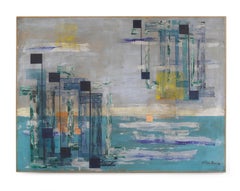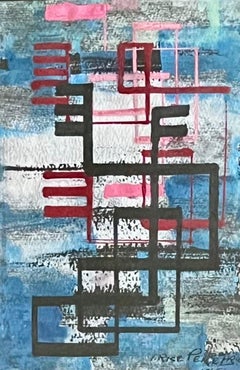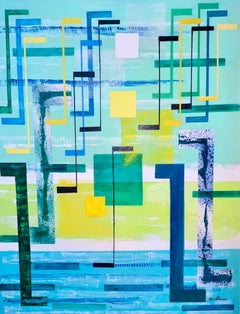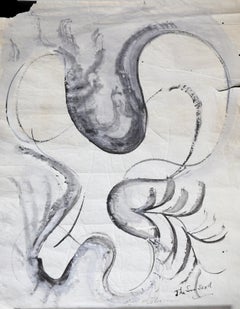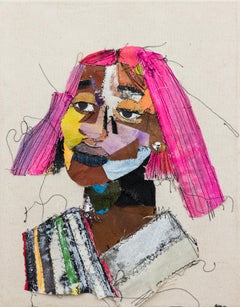Irene Rice Pereira Art
1950s Abstract Irene Rice Pereira Art
Ink, Watercolor
Mid-20th Century Abstract Irene Rice Pereira Art
Canvas, Oil
1950s Abstract Irene Rice Pereira Art
Paper, Watercolor, Gouache
1950s Abstract Irene Rice Pereira Art
Paper, India Ink, Casein
1950s Abstract Irene Rice Pereira Art
Canvas, Oil
1960s Modern Irene Rice Pereira Art
Acrylic, Watercolor
1950s Surrealist Irene Rice Pereira Art
Etching, Aquatint
1960s Modern Irene Rice Pereira Art
Pastel, Acrylic, Watercolor, Pencil
1960s Modern Irene Rice Pereira Art
Pastel, Acrylic
1950s Modern Irene Rice Pereira Art
Pastel
1950s Abstract Irene Rice Pereira Art
Ink, Watercolor
1960s Modern Irene Rice Pereira Art
Pastel, Charcoal, Acrylic
1960s Modern Irene Rice Pereira Art
Pastel, Acrylic
1960s Modern Irene Rice Pereira Art
Pastel, Acrylic
1940s Modern Irene Rice Pereira Art
Pastel
Mid-20th Century Abstract Expressionist Irene Rice Pereira Art
Paper, Gouache
1960s American Modern Irene Rice Pereira Art
Chalk
1950s Abstract Irene Rice Pereira Art
Ink, Watercolor
1960s Modern Irene Rice Pereira Art
Pastel
1960s Abstract Geometric Irene Rice Pereira Art
Oil Pastel
Mid-20th Century Abstract Irene Rice Pereira Art
Canvas, Oil
21st Century and Contemporary Contemporary Irene Rice Pereira Art
Textile, Paint, Mixed Media, Canvas, Found Objects, Oil, Acrylic, Gouache
1960s Abstract Irene Rice Pereira Art
Canvas, Oil
1970s Abstract Expressionist Irene Rice Pereira Art
Acrylic, Watercolor, Archival Paper
2010s Abstract Geometric Irene Rice Pereira Art
Paper, Ink, Oil, Acrylic, Watercolor
21st Century and Contemporary Abstract Irene Rice Pereira Art
Paper, Found Objects, Ink, Gouache, Pencil
1980s Abstract Irene Rice Pereira Art
Oil, Canvas
21st Century and Contemporary Abstract Irene Rice Pereira Art
Paper, Found Objects, Ink, Gouache, Pencil
2010s Abstract Irene Rice Pereira Art
Canvas, Mixed Media, Oil, Acrylic, Rice Paper
2010s Abstract Irene Rice Pereira Art
Canvas, Oil
21st Century and Contemporary Abstract Irene Rice Pereira Art
Paper, Found Objects, Ink, Gouache, Pencil
2010s Abstract Irene Rice Pereira Art
Canvas, Lacquer, India Ink, Watercolor, Pigment
1950s Abstract Irene Rice Pereira Art
Paper, Watercolor, Gouache
1930s Modern Irene Rice Pereira Art
Canvas, Oil
Mid-20th Century Abstract Irene Rice Pereira Art
Paper, Watercolor, Gouache
Mid-20th Century Abstract Expressionist Irene Rice Pereira Art
Canvas, Oil
Mid-20th Century Abstract Geometric Irene Rice Pereira Art
1960s Abstract Irene Rice Pereira Art
Watercolor
1960s Modern Irene Rice Pereira Art
Gouache

